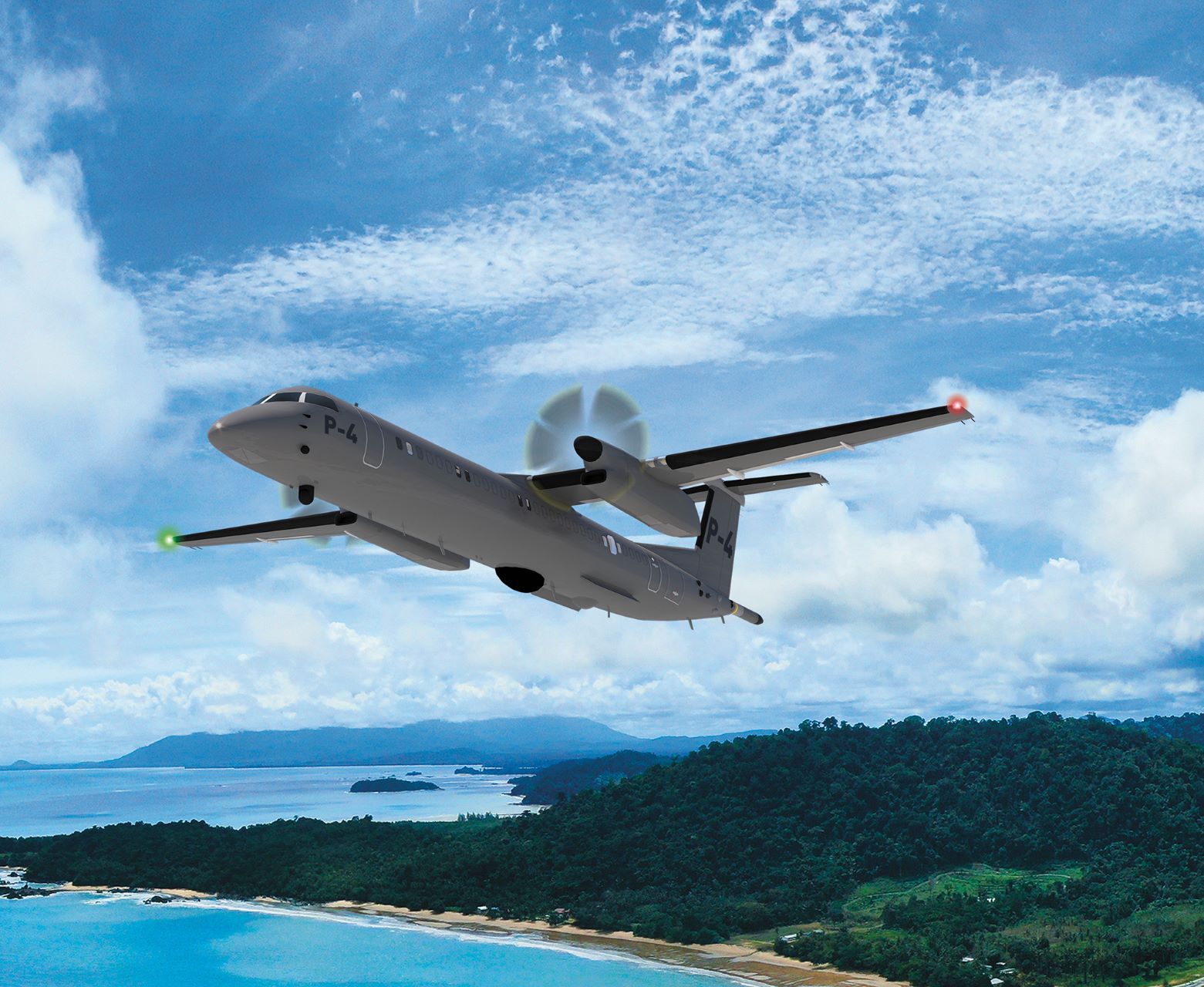
SHAH ALAM: ISR management system in modern warfare. As I reported last week, the third RMAF CN-235 transporter is currently in Bandung being converted into a Maritime Surveillance Aircraft (MSA). It will be fitted with CarteNav’s AIMS-ISR mission management system. This is the same system that has been proposed for the RMAF MPA programme by PAL Aerospace and De Havilland on the P-4.
Knowing the importance of interoperability of surveillance assets in modern warfare, I
contacted Keith Stoodley, CEO for PAL Aerospace based in Abu Dhabi to better understand why
they selected AIMS-ISR. AIMS-ISR has been installed in almost 600 assets in more than 40
countries around the world.
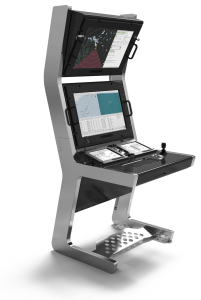
AIMS-ISR has been integrated into MPA’s such as the Canadian and
New Zealand P-3’s. It has also been integrated into MSA assets such as the RMAF CN-235’s as
well as UAV’s, helicopters, and ships.
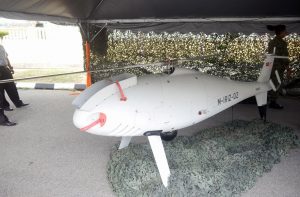
During my conversation with Stoodley, he emphasised that AIMS-ISR is one of the few mission
systems in the world that is truly scalable: “CarteNav recognized that the need to gather and process data quickly for decision makers is critical to their ability to respond effectively.
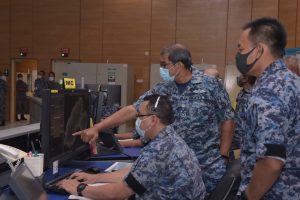
While MPA’s are essential assets for maritime domain awareness, there are other assets that can complement the work that they do. MSA’s, UAV’s and ships are all important assets that can
and should be networked together to maximize situational awareness. AIMS-ISR was designed
to be scalable and cost effective”.
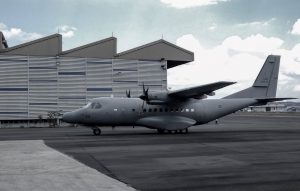
The mission management system is the central nervous system for modern ISR assets, and
these systems are evolving particularly fast due to technologies such as machine learning and
artificial intelligence. Many MPA OEM’s developed their mission management systems decades
ago and will only sell their aircraft if the RMAF also buys these antiquated systems.
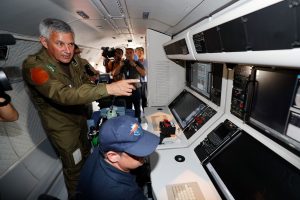
These same OEM’s and their old mission management systems offer a very limited selection of OEM
supported sensors. Such is not the case with the state-of-the-art AIMS-ISR which are utilised by
OEM’s as diversified as De Havilland, Airbus, Textron, Thales, Scheibel and Viking and offer
flexible plugin-based architecture that supports a wide array of radars, EO/IR cameras, VIDAR,
SIGINT receivers and acoustic processors.
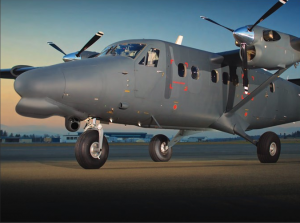
Another product currently under development by CarteNav is AIMS-C4. AIMS-C4 enables real-
time chat and a shared understanding of the Recognisable Maritime Picture for commanders,
coalition partners and other civilian / governmental agencies on the ground. If the RMAF does
indeed select the P-4 as its MPA, I wonder if the RMAF consider the merits of integrating AIMS-
ISR into other assets and managing the resulting surveillance data in one Local Operating
Picture (LOP) with AIMS-C4.
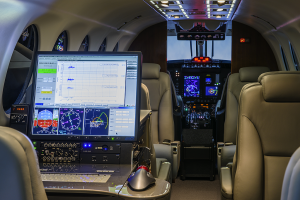
According to Stoodley, “the most effective and cost-efficient way to achieve interoperability
with surveillance assets is by commonality of mission systems. If the RMAF select the Dash 8
400 P-4 for its new Maritime Patrol Aircraft, interoperability with the RMAF’s fleet of C-235’s
will be assured, seamless and immediate”.
–Malaysian Defence



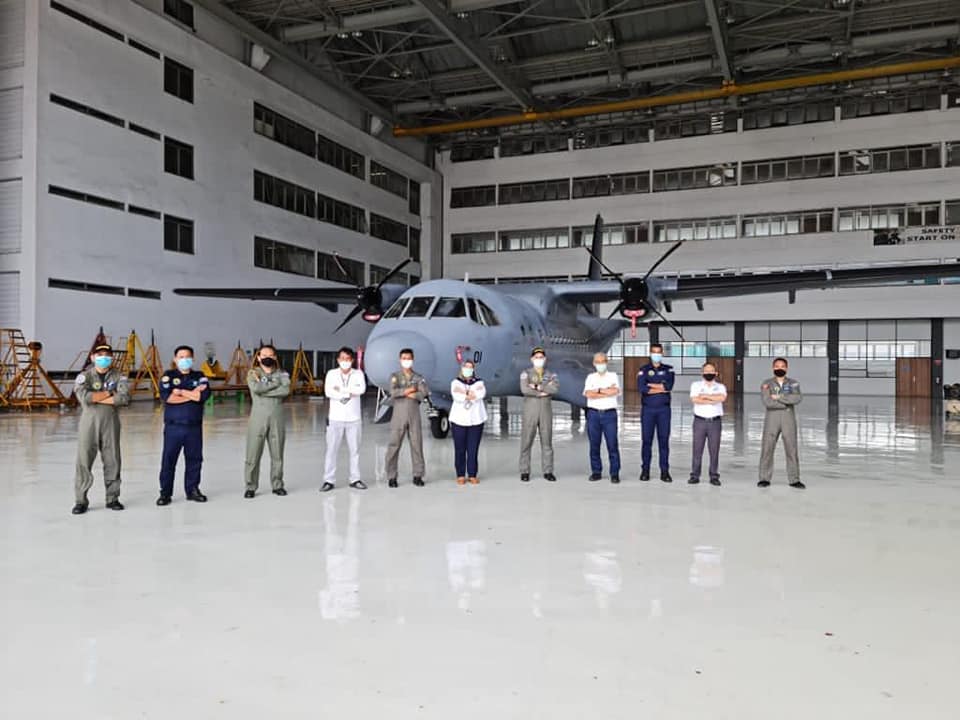
A very interesting and informative write up.
As is well known one of our weaknesses is the various agencies having issues operating alongside each other : different equipment, rivalry and a different way of doing things. Having a common picture; shared by various agencies is the way to go and will mitigate to a large extent the issues we face.
I’ve always wondered what mechanism is in place for data obtained from the MMEA mobile radars is shared with the RMN and how RMAF MPAs share info with MMEA ships in a time sensitive scenario. How is data obtained from the Maritime Institute’s radars in the Melaka Straits shared with the RMN?
Even within the MAF the 3 services still have a long way to go in achieving ‘jointness”. Which is why it’s vital that as we mature as a UAS operator; in the coming years a tri service UAS Command should be raised to handle MALES.
That was what I meant a few posts ago, how do the ATR/295/P4 boys convey their findings and tips to the 235 and UAS people? There really needs to be 1 (and only 1) person in charge of the whole show, call it the Maritime Surveillance Head if you like.
Looks like the 235 MPA conversion is a multi national effort….US money, Canadian CarteNav for the mission software, Integrated Solutions from Oregon for hardware installation and Indonesian for the SLEP!